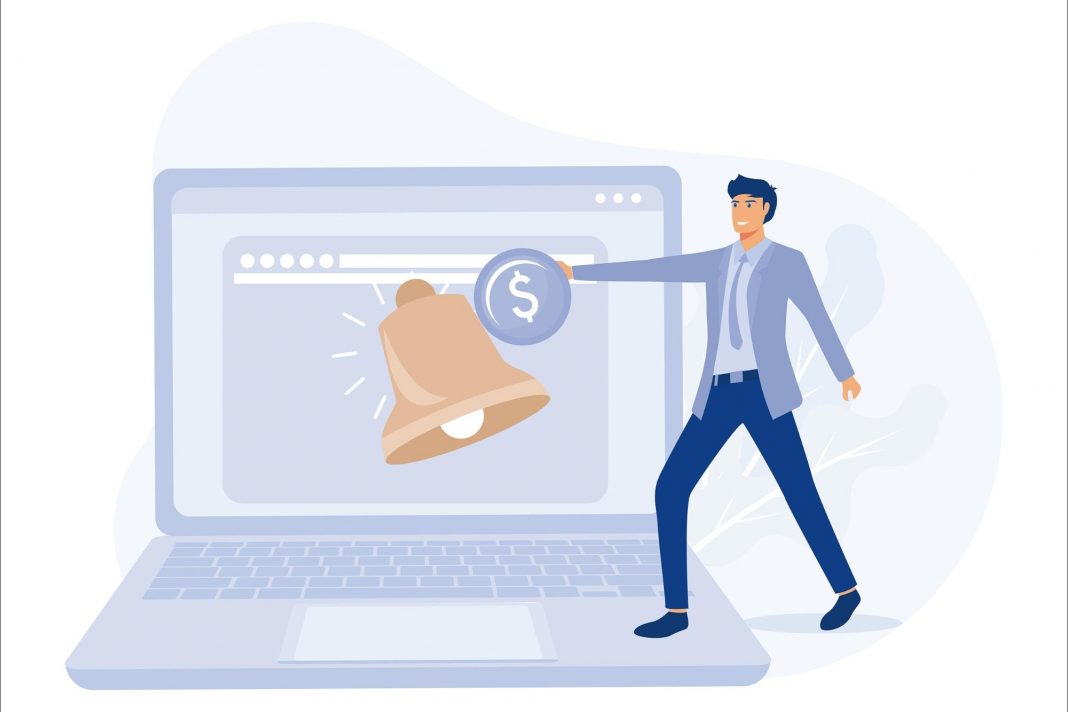Opinions expressed by Entrepreneur contributors are their own.
So far, we’ve all enjoyed free, ad-supported social media platforms, but that could be changing. Many platforms have seen their ad revenues drop due to several factors, and now they’re looking to make some changes to their business model.
Enter the subscription-based social media model. Today, let’s explore what this model looks like and how it could change the future of social media.
Related: The Business of Harnessing the Power of Social Media
The problems with ad-based social media
Ad-supported social media platforms are focused on one thing: generating revenue through targeted advertising and sponsored content. Thanks to their large user bases and complex targeting algorithms, ads have made these platforms extremely profitable over the last few years.
However, this model isn’t without its issues, including privacy concerns, prioritization of sponsored content over more relevant content to users, and a lack of transparency regarding user data usage. This leaves many users feeling unsafe on these apps.
In response, Apple released its App Tracking Transparency feature, which allows users to stop social media platforms from tracking them. While this was a great tool for users, social platforms like Facebook announced that they would end up taking a major ad revenue hit as a result.
This was an existential threat to the ad-based social media business model, so it’s no coincidence that they all started introducing paid subscriptions before long.
Snapchat+, X Premium, Meta Verified and YouTube Premium — social media companies created these subscriptions to reduce their dependence on ad revenue. But what does this subscription-based model mean for marketers?
Related: 4 Ways Meta-Verified Subscription Has Impacted Instagram
Understanding the subscription-based model
The subscription-based model is a mixed bag for marketers, with some distinct advantages for brands that subscribe and major risks as more users buy in. Let’s look at how this approach changes the digital marketing landscape.
Ads will be less effective — For users, one of the biggest selling points of these premium social media subscriptions is often that they reduce or outright remove ads. It’s great for users looking to free up some space on their feeds, but it could prove to be a major problem for marketers, leading to:
Loss of target advertising will make it difficult for brands to reach their ideal customers efficiently and could limit their ROI. When platforms begin to remove ads from social feeds, brands lose the ability to reach that audience, making it almost impossible for marketers to reach their projected KPIs for paid campaigns.
Increased reliance on organic reach — As audiences become harder to reach with paid ads, brands must rely more on organic reach to connect with them. This could get extremely competitive as it places brands on an even playing field with all other users on the platform. Tactics like influencer marketing will be key to reaching those premium users.
Challenges for small businesses with limited resources — Smaller brands may not have the budget to invest in influencer marketing or sponsored content, meaning they’ll face an uphill battle to reach their audience.
Related: 4 Influencer Marketing Secrets Entrepreneurs Need to Know
Leverage unique features
One of the upsides to the subscription model? To make these subscriptions worthwhile, social media platforms have a new incentive to develop new features for marketers and creators.
Take X as an example. Before, verification check marks were reserved only for large, reputable accounts. Now, any brand subscriber can verify their account, unlocking longer character counts, formatting features, editing posts and more.
Of course, there’s a dark side to this, too. You may recall a few months ago when TweetDeck, now known as X Pro, became locked behind the X Premium subscription after years of being free for all users.
To stand out from the free versions of their platforms — these subscriptions need exclusive features such as verification, improved content moderation systems, enhanced customization options and more, even if that means making users pay for something that was once free.
Related: Why You Should Use a Subscription Business Model
The elephant in the room
That’s right, we have to talk about Elon Musk and his place in the subscription-model conversation. That’s because while many platforms have introduced premium subscriptions, X is the only one that seems to be considering charging all users for access. Is that where every social platform is headed?
Short answer… no.
It’s hard enough to convince someone to pay for something that’s always been free. Still, it’s hard to see most users coughing up the cash when that something is X. It’s true that the ad-supported social media model has weaknesses, but it’s still a winning formula for making money.
Beyond profit, there’s also an ethical argument against charging all users for access to the platforms where they communicate. Not everyone can afford to pay a recurring fee for access to a social media platform.
This raises questions about inclusivity and the risk of creating digital divides, where those who can’t afford subscriptions are excluded from online communities — further deepening existing societal inequalities. For better or worse, social media has become a vital part of people’s daily lives.
Any move towards charging users must be carefully considered and balanced with measures to ensure inclusivity and fairness. A subscription-based social media model has the potential to address many of the problems associated with ad-focused platforms, but it also has the potential to create entirely new problems.
The only constant in social media is change, and that’s still true now. Ultimately, the success of such a model will depend on its ability to deliver real value to users and build trust in a more transparent and ethical social media ecosystem.




